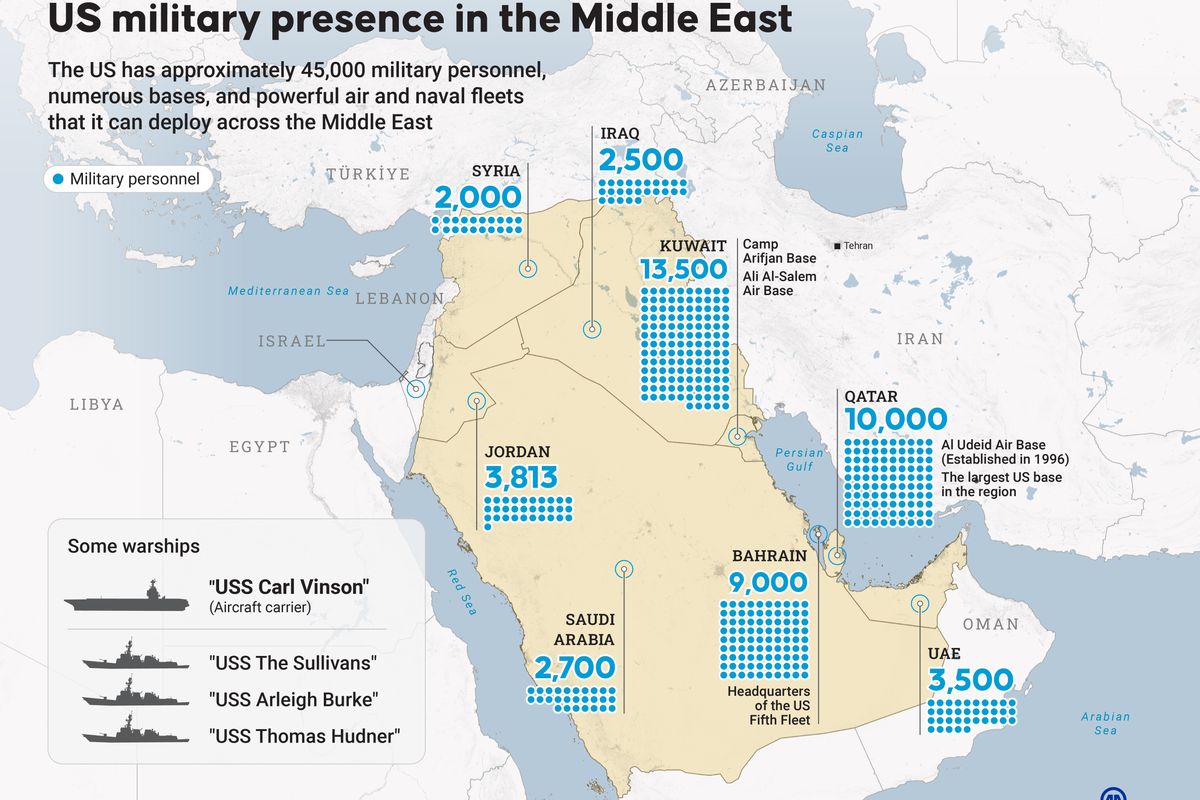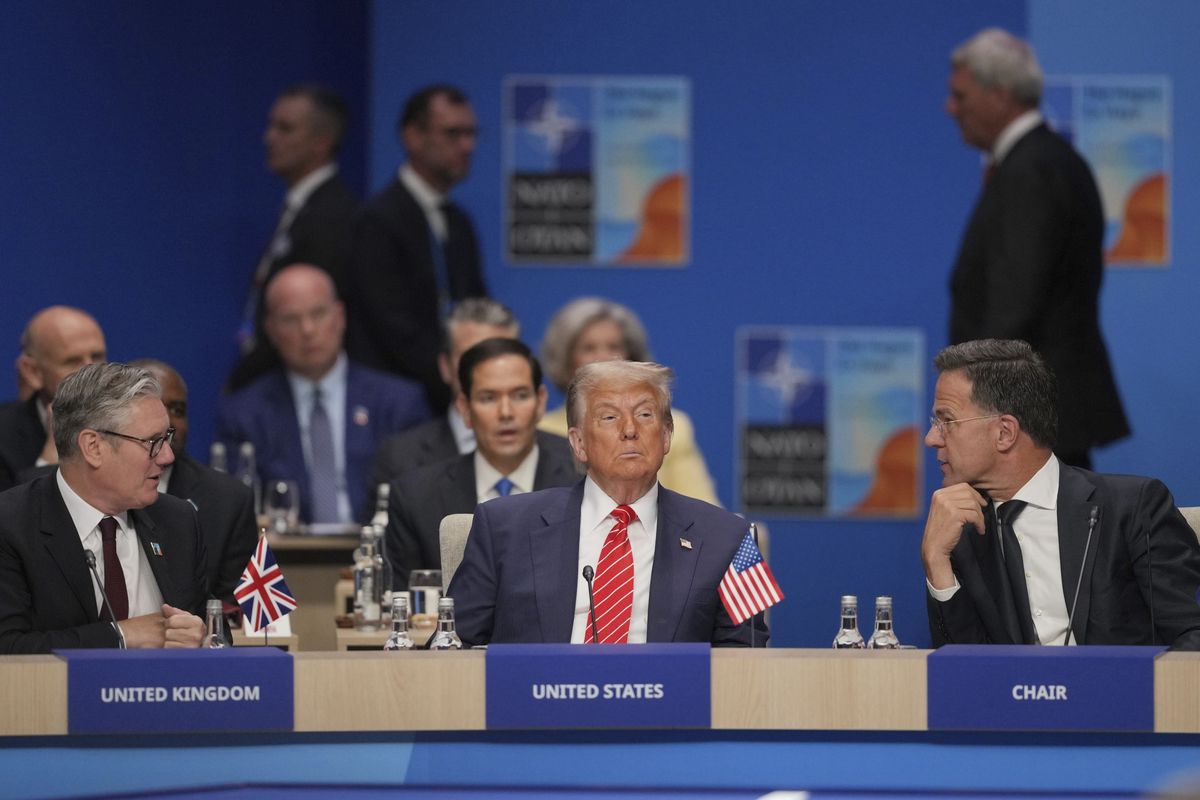Secretary of Defense Ash Carter firmly believes that in order for the U.S. armed forces to maintain their global preeminence, they must innovate at a level—and pace—beyond what has been required in the past. In a keynote address at a recent CSIS event, Carter outlined the vision and progress driving the concepts of what is known as the Third Offset Strategy. “Today we have the finest fighting force the world has ever known…. But it’s also a fact that our military’s excellence isn’t a birthright.”
The first offset strategy emerged out of a necessity to gain an advantage over the Soviet Union in a way that would not require the U.S. to match or even exceed Warsaw Pact forces, man for man. The solution was to leverage the U.S.’s technological advantage. President Dwight Eisenhower called for an expanded nuclear arsenal that would allow the U.S. to carry out a nuclear strike anywhere in the world in pursuit of its containment strategy of the Soviet Union. This defined the early adversarial tempo of the Cold War.
As the U.S.S.R. closed the nuclear capability gap and the Vietnam War drew to a close in the 1970’s, the U.S. realized it was in need of a new offset strategy. This Second Offset advanced the U.S.’s technological advantage in intelligence gathering and reconnaissance via satellites and advanced aircraft, precision guided munitions, and stealth technology. While this was never used against the Soviet Union in a Cold War context, the potency of Second Offset technologies and operational concepts was illustrated during Desert Storm, the 1991 Gulf War.
A Third Offset Strategy has become necessary due to two major global developments. First, the U.S. is losing its qualitative technological edge to two near-peer adversaries: China and Russia. Second, technologies that underpinned the second offset, such as precision guided munitions and information systems, have become accessible to more and more countries. This reality prompted then-Secretary of Defense Chuck Hagel to call for a Third Offset Strategy in 2014, and has it has since been expanded by his successor Ash Carter.
For Carter, speed of innovation is what sets the Third Offset apart from previous strategies: “…while the Cold War arms race was characterized by the inexorable, but steady, accumulation of strength, with the leaders simply having more, bigger, or better weapons, today’s era of military competition is characterized by the additional variables of speed and agility, such that leading the race now frequently depends on who can out-innovate faster than everyone else, and even change the game.”
Unlike previous offset strategies, the necessary technologies and capabilities are less clearly defined, and so is the future threat environment. For these reasons, the current priority of Third Offset planners is to promote a culture of innovation and forge stronger partnerships with private industry in order to expand the network of talented people and ideas. To this end, Carter announced a new positon in the Department of Defense: Chief Innovation Officer, who will act as a special advisor to the Secretary of Defense. For private sector partnerships, Carter established DIUx (Defense Innovation Unit Experimental), with offices located in innovation hubs like Silicon Valley, Boston, and Austin that allow military planners and civilian entrepreneurs to work in a less rigid organizational structure. Cynthia Cook, Director of the Acquisition and Technology Policy Center at RAND, told The Cipher Brief that “The culture of innovation in these locations is not something the DoD can replicate on its own, but it is something that the DoD can take advantage of.”
The Pentagon hopes that investing in innovation will lead to breakthroughs in the most complex technological capabilities. Carter envisions a diverse array of technologies such as advanced unmanned aerial and undersea vehicles, additive manufacturing, robotics, improved precision munitions, and cutting edge cyberwarfare and cybersecurity capabilities. The most important technology will likely be improved machine learning and artificial intelligence (AI). This is thought to be the innovation that will provide the largest qualitative advantage for the U.S. over its adversaries, however, it will also be the most difficult to achieve. Finding which technologies offer the greatest advantage will be an important task for the DoD in the coming years.
In addition to the challenge of formulating what the Third Offset will be, the Pentagon faces the additional challenge of a Presidential administration shift while many of the initiatives are still in their nascent stages. President-elect Donald Trump has yet to name a new Secretary of Defense, and without any concrete details, it is unclear what the future of DIUx and other initiatives will be. Jesse Ellman, a research fellow in CSIS’s Defense-Industrial Initiatives Group (DIIG) told The Cipher Brief that “…the upheaval of a new administration, with key leadership jobs unfilled for months and considerable uncertainty about the next administration’s policies and priorities, will likely slow progress on implementing Third Offset in the coming months.”
While the future of Carter’s vision for the Third Offset is uncertain, the armed service branches agree that the U.S. military is losing its qualitative edge, and investment in new technology is needed, but there is still no consensus on what should be the winning combination of technologies. It will be up to the Trump administration and its unnamed secretary of defense to continue the work of honing the qualitative edge.
Will Edwards is an international producer at The Cipher Brief. Follow him on Twitter @_wedwards.











